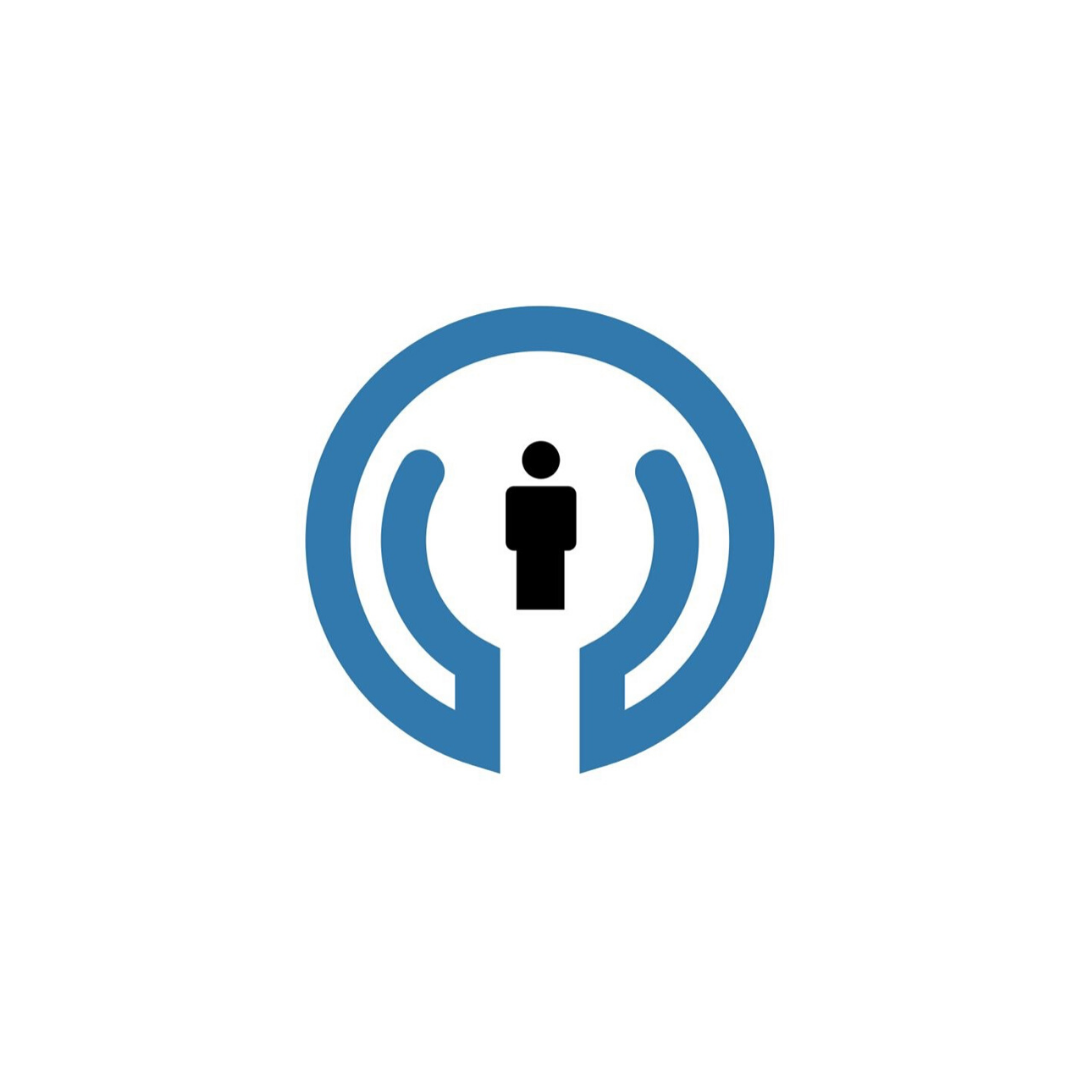Breakthrough blood cancer treatment offers new hope when other treatments fail
CAR T-cell therapy is an emerging type of immunotherapy, meaning that the treatment boosts your body’s natural immune system cells to fight and destroy cancer cells.
Two versions of CAR T-cell therapy have been approved by the Food and Drug Administration for use by two very specific patient populations. One version is for children with acute lymphoblastic leukemia. The other is for adults with advanced lymphomas. However, clinical trials are ongoing and have shown promising results treating blood cancers in people for whom other treatments failed.
How does it work?
Step 1: Blood collected from the patient
Step 2: T-cells removed from the blood
Step 3: Blood returned to the patient
Step 4: T-cells altered to have chimeric antigen receptors (CAR) on their surface
Step 5: Millions of CAR T-cells grown
Step 6: Patient receives chemotherapy, to improve odds that the CAR T-cells will be accepted, not rejected
Step 7: CAR T-cells returned to the patient’s bloodstream; receptors enable T-cells to attach to cancer cells and release toxins that kill them.
CAR T-cell therapy typically requires a hospital stay of about two weeks, but the effect of the treatment lasts much longer. The modified cells remain in your body for a long time and fight any cancer cells if they return, working to keep you cancer-free. In contrast, to treat the same cancers with chemotherapy can require 6 months or more of regular treatments.
Side effects
The most common side effect is cytokine release syndrome (CRS), also known as “cytokine storm.” Impacting 70-90% of patients, CRS has flu-like symptoms, such as headache, fever, chills, vomiting, diarrhea and muscle or joint pain. It typically hits on the second or third day after the infusion, when your immune systems responds to the T-cells attacking the cancer. Thankfully, there is an effective remedy to reverse this side effect pretty quickly.
Another side effect is CAR T-cell-related encephalopathy syndrome (CRES), which usually starts around day five after the infusion. Patients can become confused and disoriented, and can even be unable to speak for a few days. CRES typically lasts 2 – 4 days and is completely reversible.
Other side effects include shortness of breath, increased heart rate, low blood pressure and anemia.
Going forward
CAR T-cell therapy has not been developed to treat solid tumors, however, and some researchers are skeptical if it will be able to treat that kind of cancer, according to the National Cancer Institute. But that doesn’t mean that researchers aren’t trying with CAR T cells. Investigators are conducting trials of CAR T cells in patients with aggressive brain cancer tumors. Early reports from these trials, however, have not reported the same success that’s been seen with blood cancers. So, success against solid tumors may require a “super T cell” that has been engineered to overcome the immune-suppressing environment of many advanced solid tumors. Work on a CAR T cell with these properties—an “armored” CAR T cell—is ongoing.
The long-term effects and effectiveness of CAR T-cell therapy are still being studied, and clinical trials are ongoing. Clinical trials offer the best chance for someone who wants to try this approach but doesn’t fit the criteria for the two already approved treatments, or who doesn’t want to wait until two other treatment methods have failed. If you want to consider trying this type of therapy, speak with your oncologist about clinical trials as early as you can. Clinical trials can have long waiting lists, so the earlier you get on the list, the earlier you may get the chance to participate.
Written By: Ken Harris
Reviewed By: Srilata Gundala, MD
